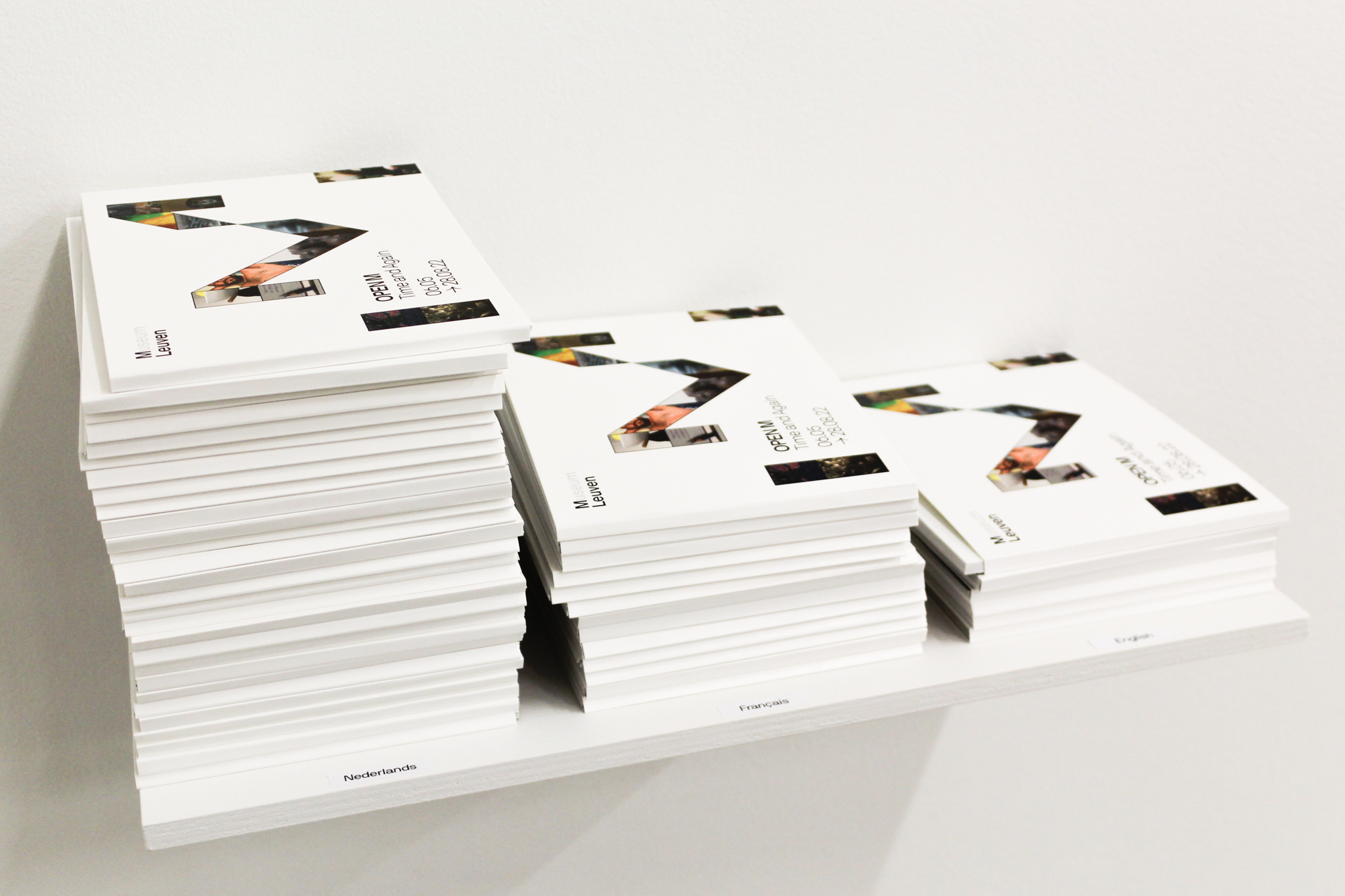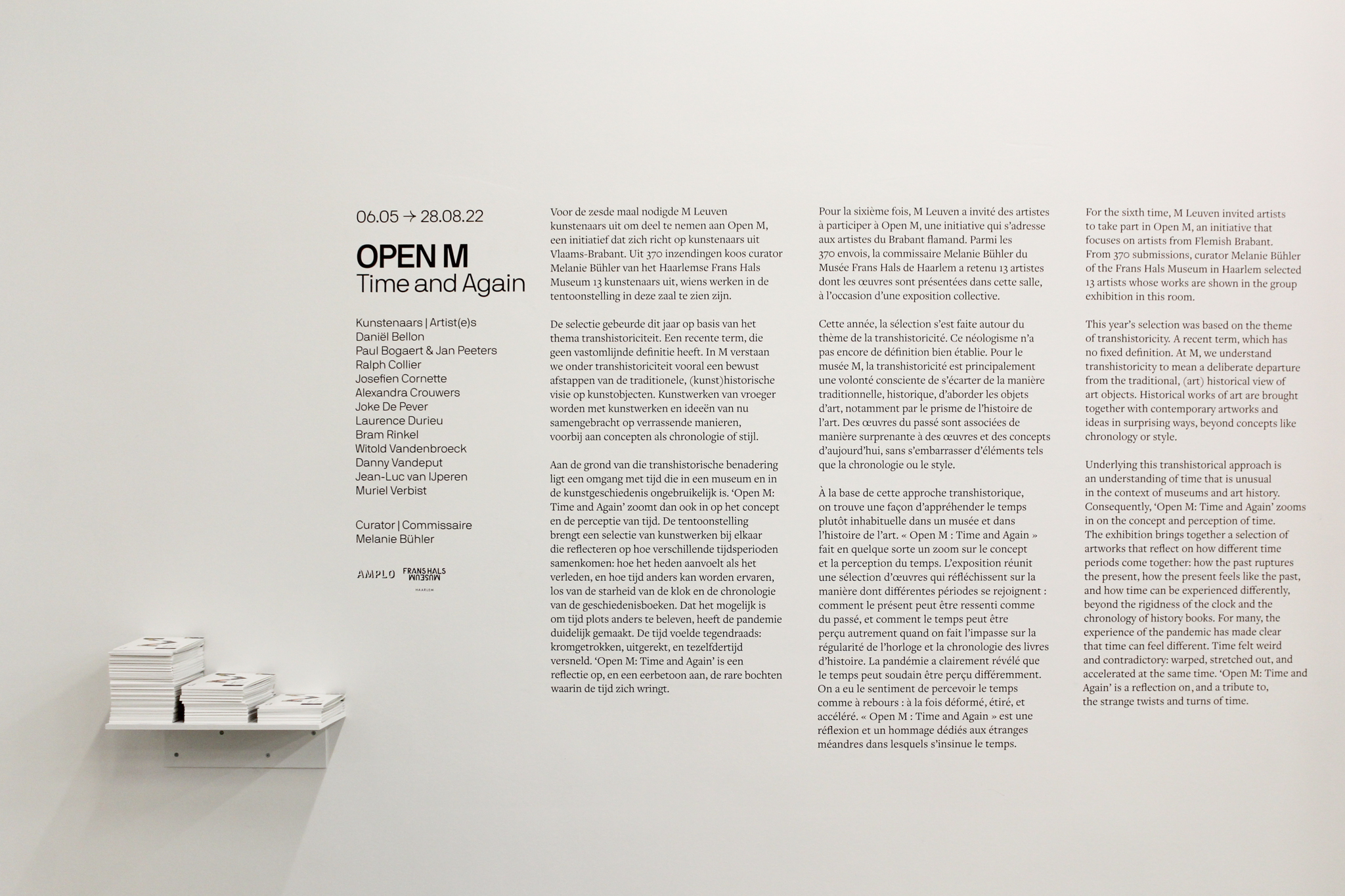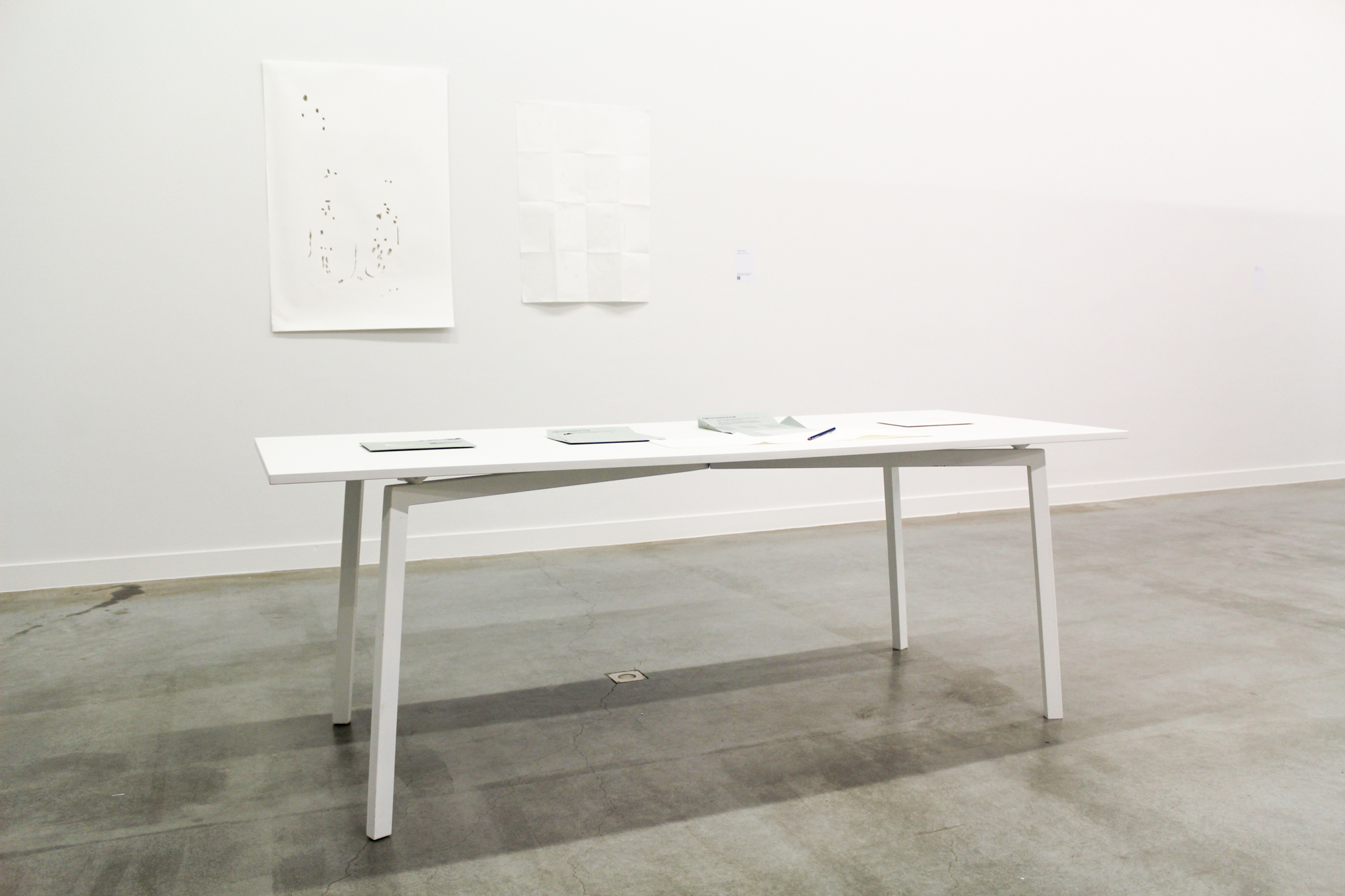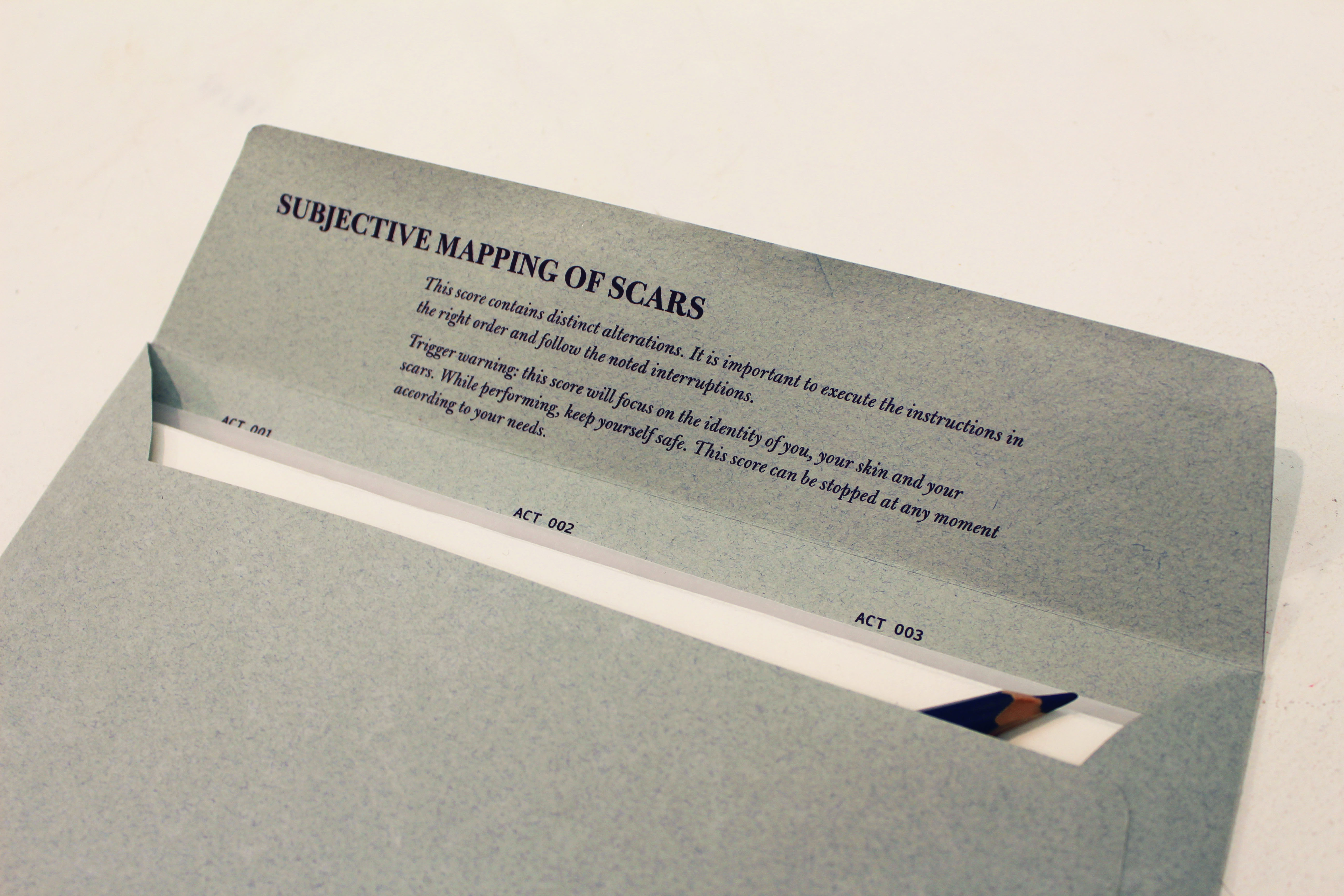

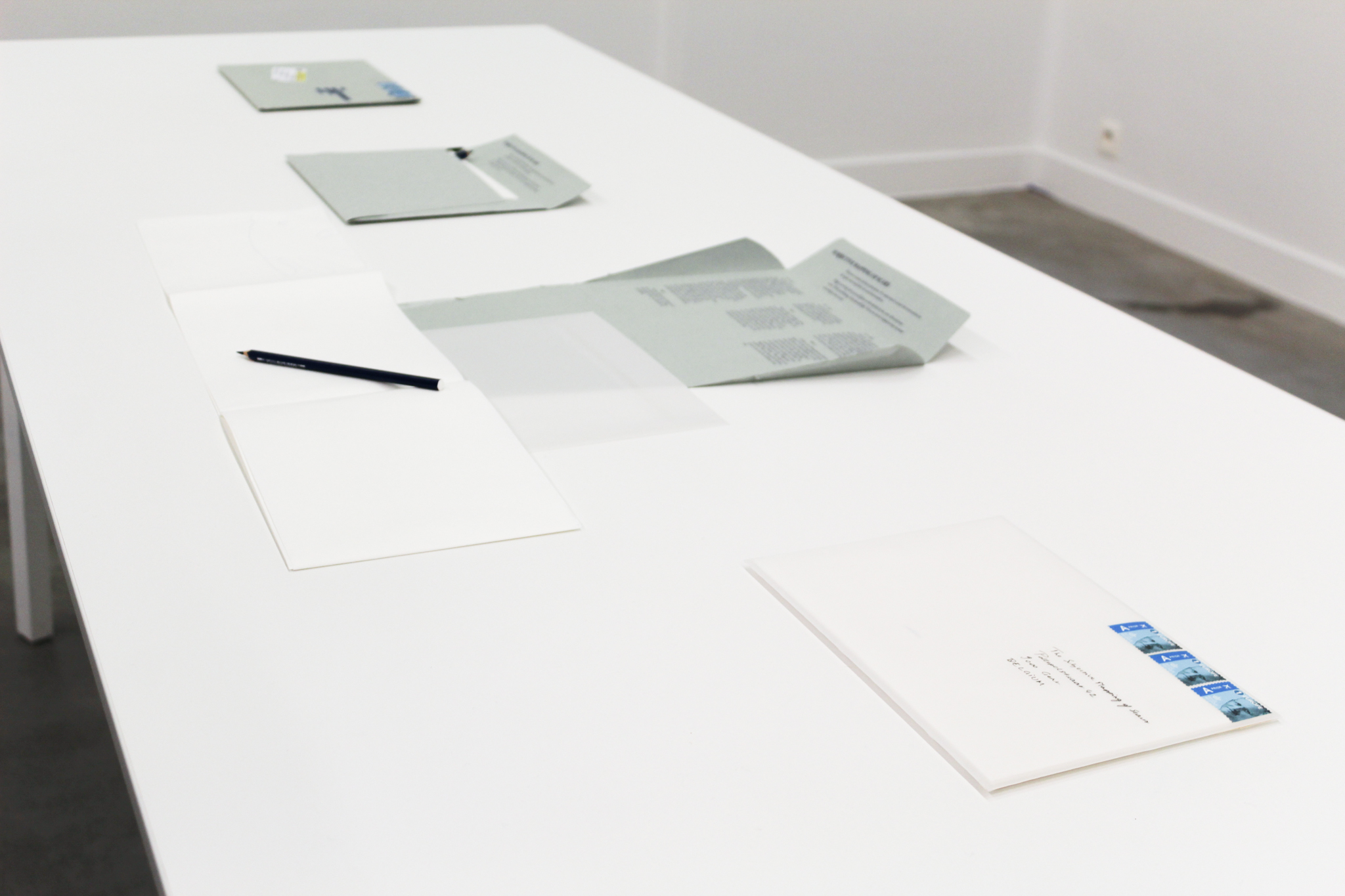
The Subjective Mapping Of Scars (2021)
Score & Performance
In collaboration with Kei Sendak (BE/LAT)
The Subjective Mapping of Scars is a collaborative project with graphic designer Kei Sendak (BE/LAT).
This project frames disability, as through discourses like gender, ‘race’ and class, within an intimate setting of the bodymind, enlarging its specific type of embodied knowledge, uncommunicable by words. The self care focused and mindfully designed envelope, sent to the participants, contains the material and guideline, an opportunity given to tell the story of one’s corporal being. Participants are guided through a careful and attentive performance, happening within one’s home, where a 1:1 blueprint is made of the marks on their body. Their shape, their consistency and its constellation are drawn as a token for survived but poorly healed skin. The result is a map about pain and trauma, ready to travel in. At last, the letter returns to the sender, who carefully collects and archives the testimonies, as a residue of the performance.
This project reflects on testimonies, collective polyvocality and challenges normative ideas on creation, archiving and participation in the arts. It shows that testimonies can be non-lingual and hybrid in their embodied existence, with a collective expression that keeps every identity individual. It is an example of trying to work with a fair practice, incorporating consent, storytelling and decision-making, calling-out current problematic uses of representation of disability in contemporary art.
![]()
![]()
![]() Installation of The Subjective Mapping of Scars (2021) at Open M at Museum M, Leuven (Belgium).
Installation of The Subjective Mapping of Scars (2021) at Open M at Museum M, Leuven (Belgium).
Score & Performance
In collaboration with Kei Sendak (BE/LAT)
The Subjective Mapping of Scars is a collaborative project with graphic designer Kei Sendak (BE/LAT).
This project frames disability, as through discourses like gender, ‘race’ and class, within an intimate setting of the bodymind, enlarging its specific type of embodied knowledge, uncommunicable by words. The self care focused and mindfully designed envelope, sent to the participants, contains the material and guideline, an opportunity given to tell the story of one’s corporal being. Participants are guided through a careful and attentive performance, happening within one’s home, where a 1:1 blueprint is made of the marks on their body. Their shape, their consistency and its constellation are drawn as a token for survived but poorly healed skin. The result is a map about pain and trauma, ready to travel in. At last, the letter returns to the sender, who carefully collects and archives the testimonies, as a residue of the performance.
This project reflects on testimonies, collective polyvocality and challenges normative ideas on creation, archiving and participation in the arts. It shows that testimonies can be non-lingual and hybrid in their embodied existence, with a collective expression that keeps every identity individual. It is an example of trying to work with a fair practice, incorporating consent, storytelling and decision-making, calling-out current problematic uses of representation of disability in contemporary art.
